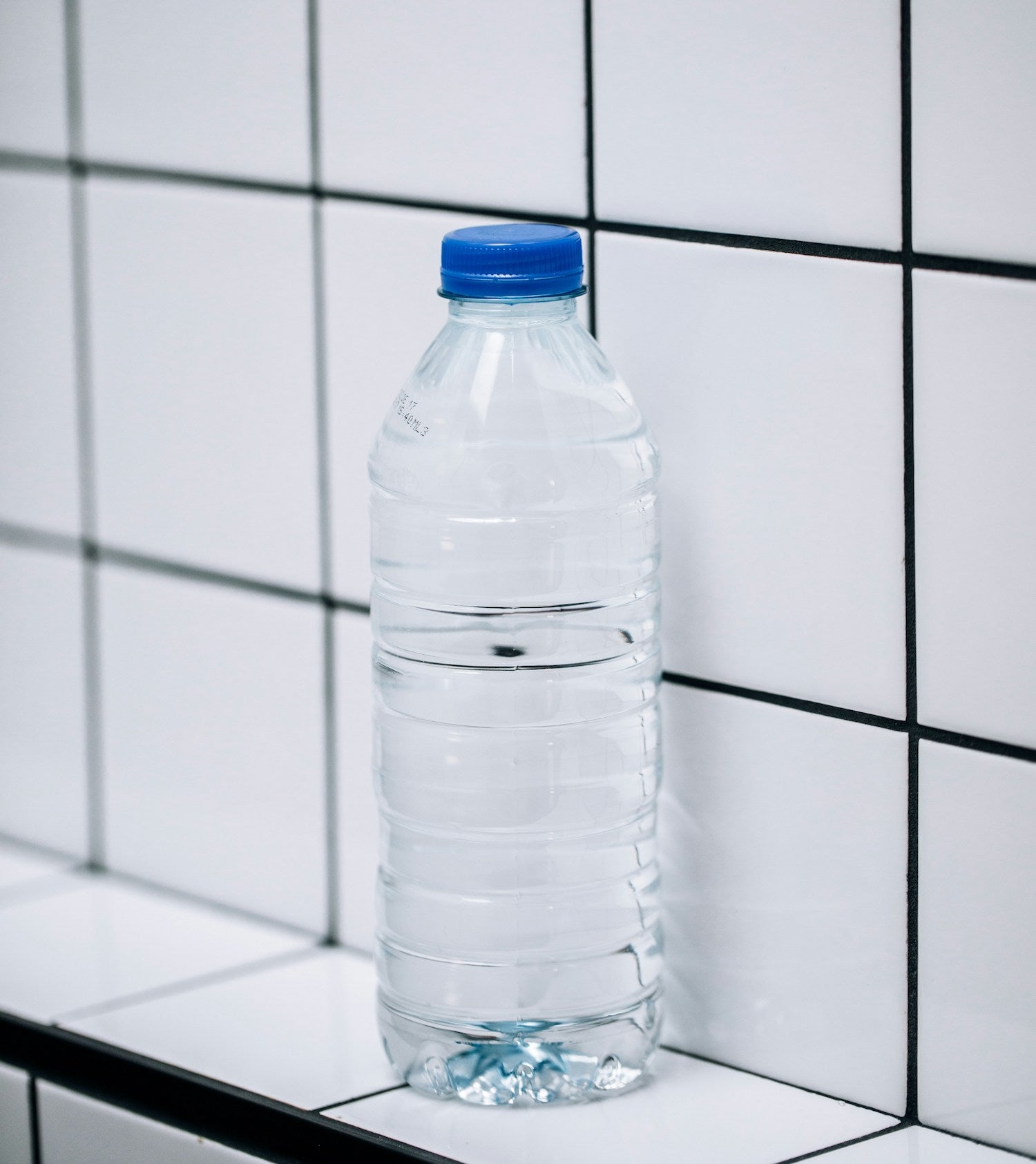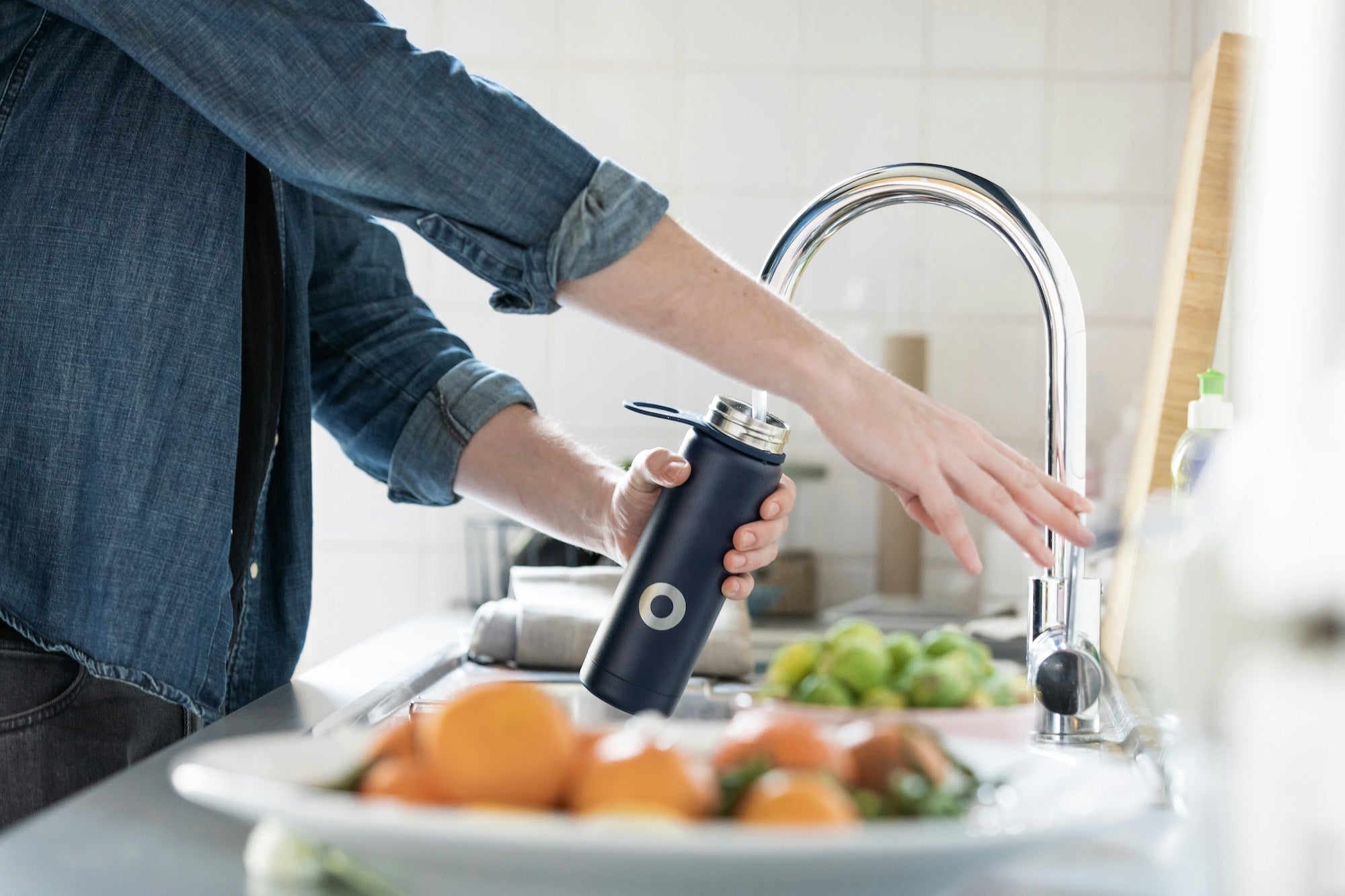
In recent years, there has been a growing awareness about the potential health risks associated with plastic water bottles and containers. One of the most significant concerns revolves around Bisphenol A (BPA), a chemical commonly used in the production of plastics - basically, it makes plastic more shatter-proof.
With numerous studies linking BPA to various health issues, many manufacturers have switched to marketing their products as "BPA-free." But the question remains: does BPA-free necessarily mean safe?
Let's dive in and find out more...
What's The Deal With BPA?
Bisphenol A (BPA) is an industrial chemical used to make certain plastics and resins. BPA is found in polycarbonate plastics, often used in containers that store food and beverages, such as water bottles. It's also present in epoxy resins, which coat the inside of metal products like food cans, bottle tops, and water supply lines.
The big issue with BPA is that it can leach into our food and drinks, especially when heated. Studies have linked BPA exposure to various health problems, including brain and prostate issues in fetuses, infants, and children, as well as potential links to high blood pressure, type 2 diabetes, and heart disease.
The BPA-Free Label: Are We Being Fooled?
In response to public concern, many manufacturers have started producing "BPA-free" plastics. This label aims to assure consumers that the product does not contain BPA, implying that it is safer for health. However, this marketing strategy can be misleading.
When BPA is removed from plastics, it is often replaced with other bisphenols, such as Bisphenol S (BPS) or Bisphenol F (BPF). Emerging research suggests that BPS and BPF may be as harmful as BPA. Studies indicate that these alternatives can also disrupt the endocrine system, which regulates hormones in the body. This disruption can lead to similar health issues associated with BPA, such as developmental problems in children and increased risks of cancer.
What Do Studies Say About BPA-Free Plastics?
There’s been a lot of research into the safety of BPA-free plastics. A 2014 study in Environmental Health Perspectives found that most plastics, including those labeled BPA-free, can release chemicals that mimic estrogen. This is concerning because it means these plastics can still mess with our hormones.
A 2016 study in Reproductive Toxicology found that BPS, a common BPA substitute, had almost identical effects on the cardiovascular and reproductive systems as BPA did in animal studies. Another study from 2018 in Environmental Science & Technology Letters showed that BPF, another substitute, also has similar hormone-disrupting properties.
So, just because a product is BPA-free doesn’t necessarily mean it’s safe. The replacements, such as BPS and BPF, can be equally harmful, if not more so.
Reducing Exposure to Harmful Plastics
Given the potential health risks associated with both BPA and its substitutes, it's a good idea to consider ways to reduce exposure to these chemicals. Here are some tips:
- Use Alternatives: Use glass, stainless steel, or BPA-free, BPS-free, and BPF-free containers for food and beverages.
- Avoid Heating Plastics: Don't microwave plastic containers or wash them in the dishwasher, as heat can cause plastics to break down and leach chemicals into food.
- Check Labels: Look for products specifically labeled as free from BPA, BPS, and BPF.
- Limit Canned Foods: Reduce consumption of canned foods and opt for fresh or frozen alternatives, as the linings of many cans contain BPA or similar chemicals.
While the shift towards BPA-free products is a step in the right direction, it's crucial to be aware that not all BPA-free plastics are inherently safe. The substitutes used to replace BPA, such as BPS and BPF, may pose similar health risks. By staying informed and making mindful choices about the containers we use, we can better protect ourselves and our families from potential harm.







